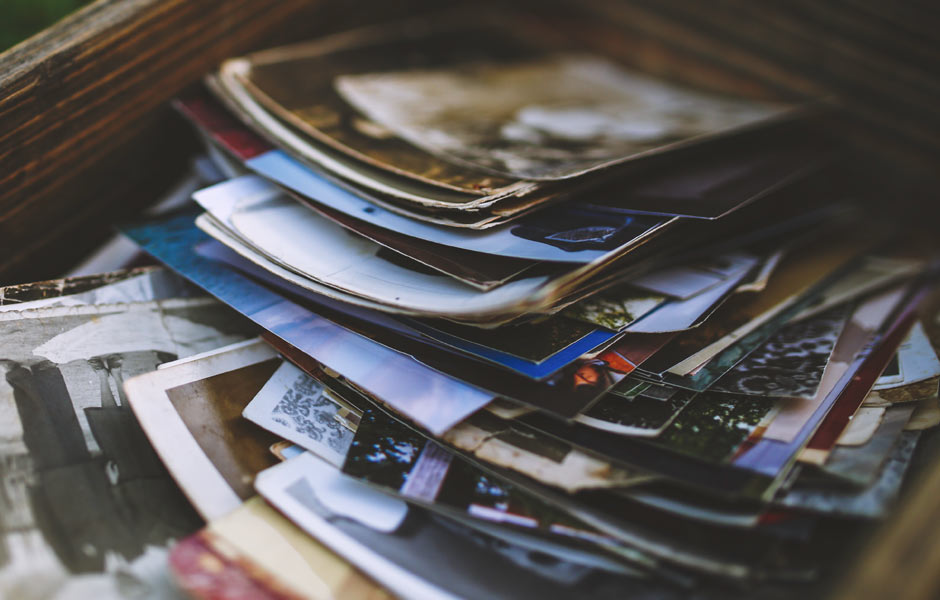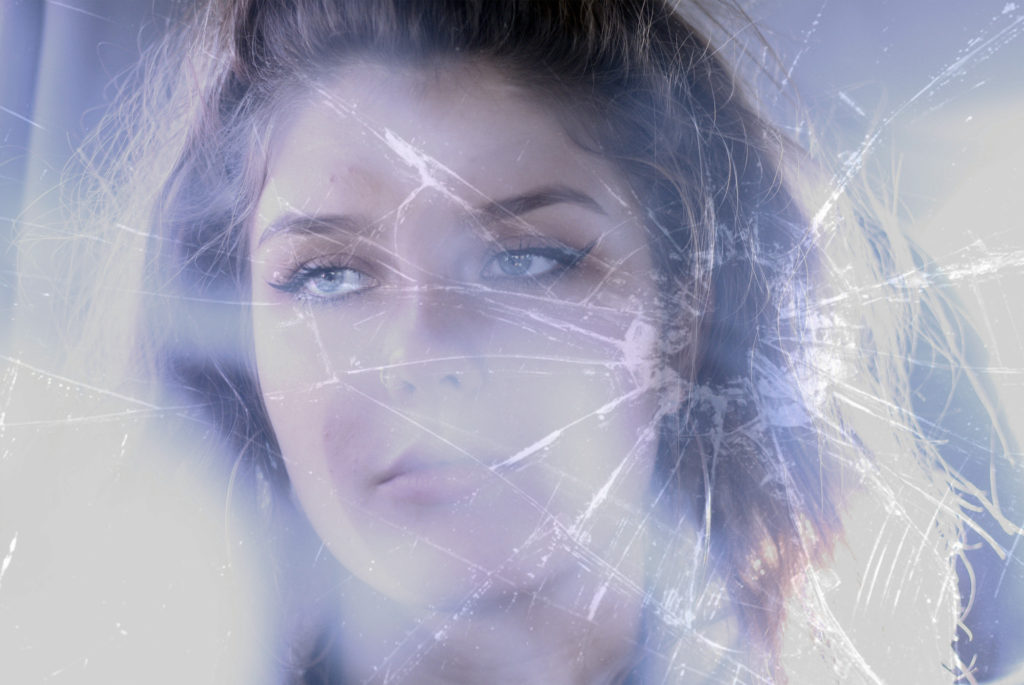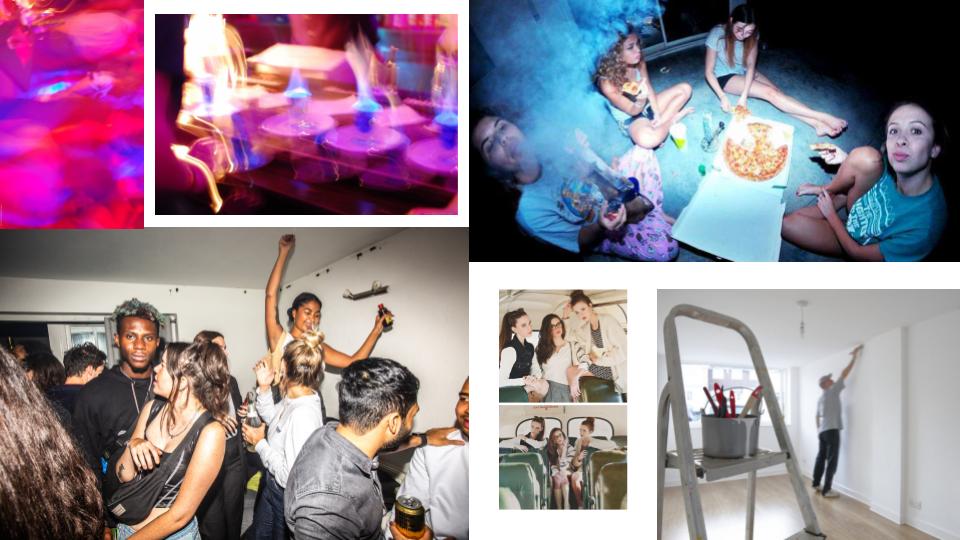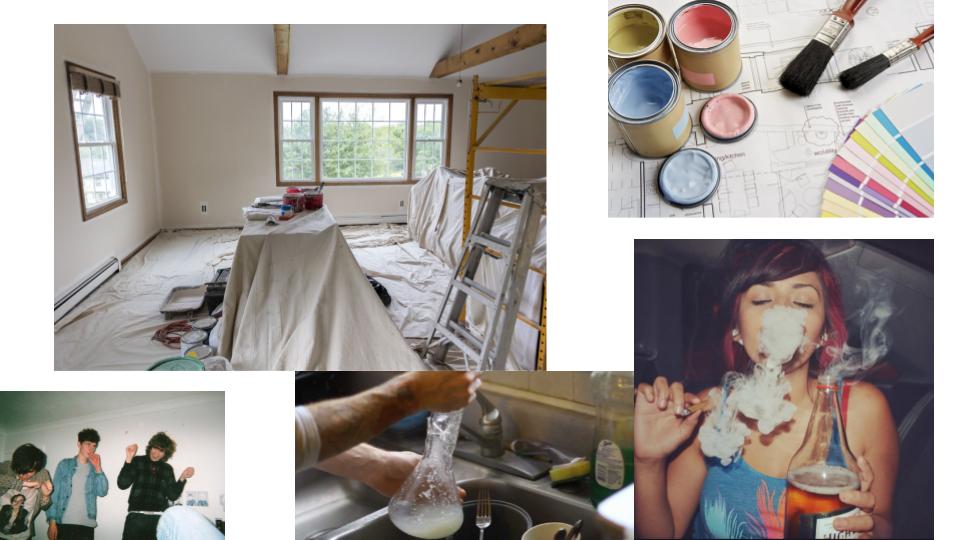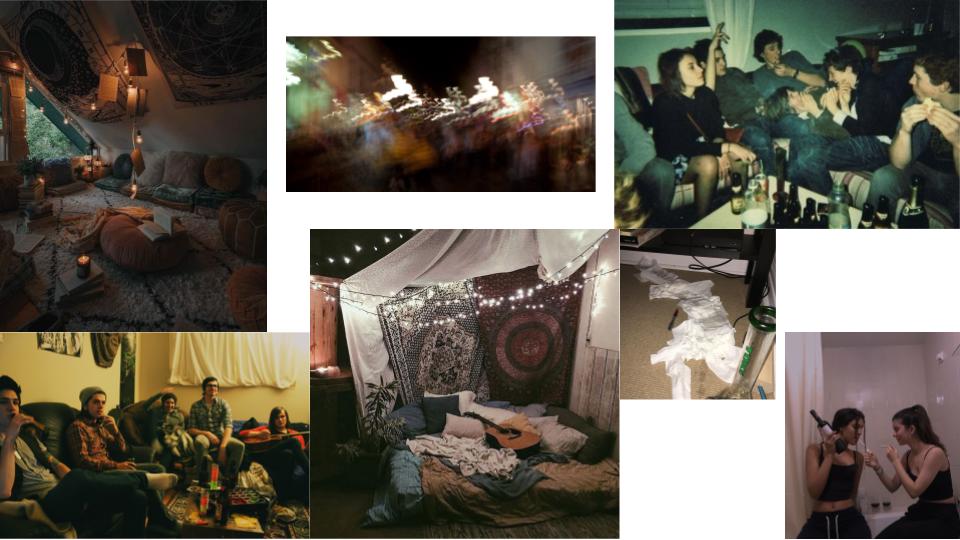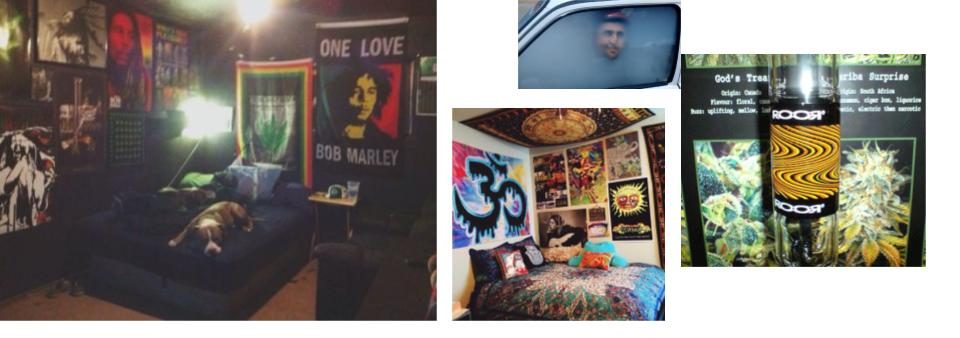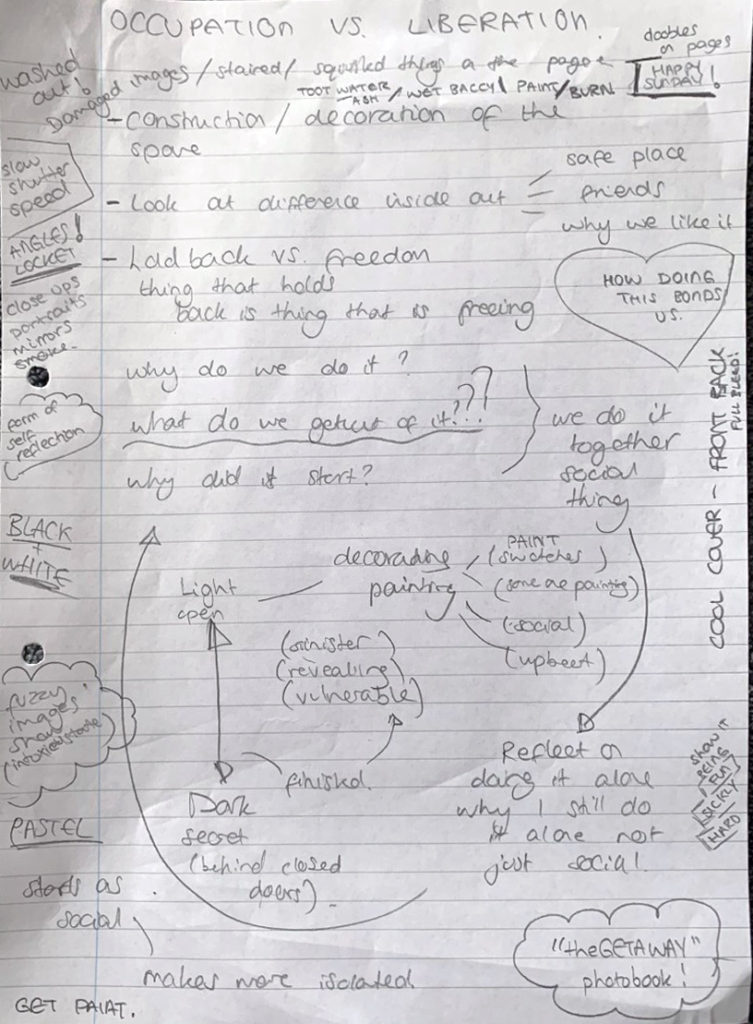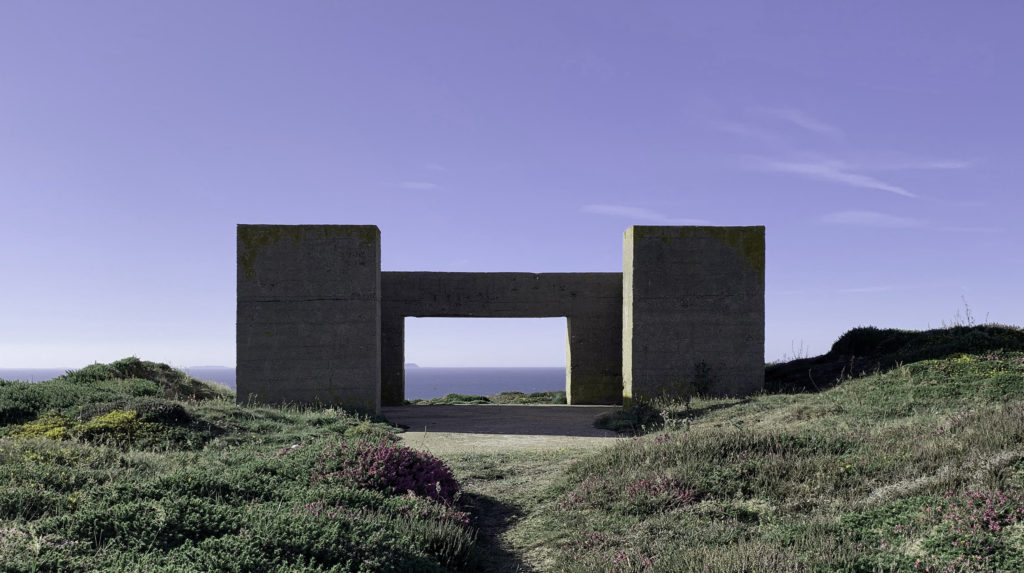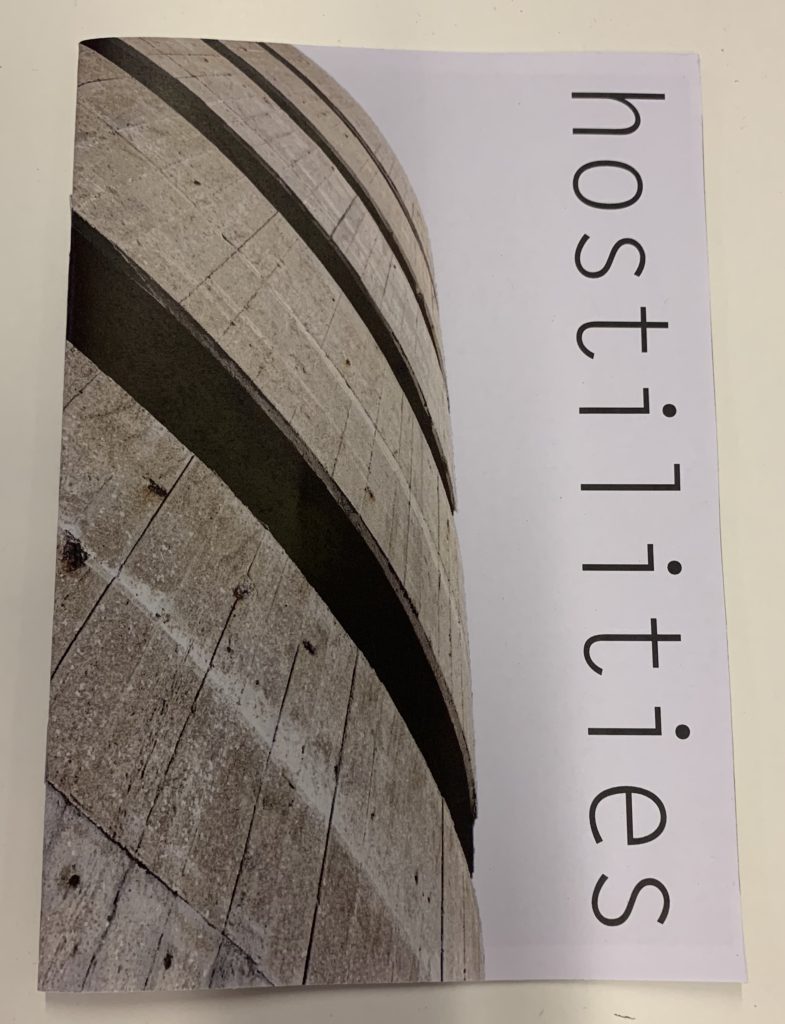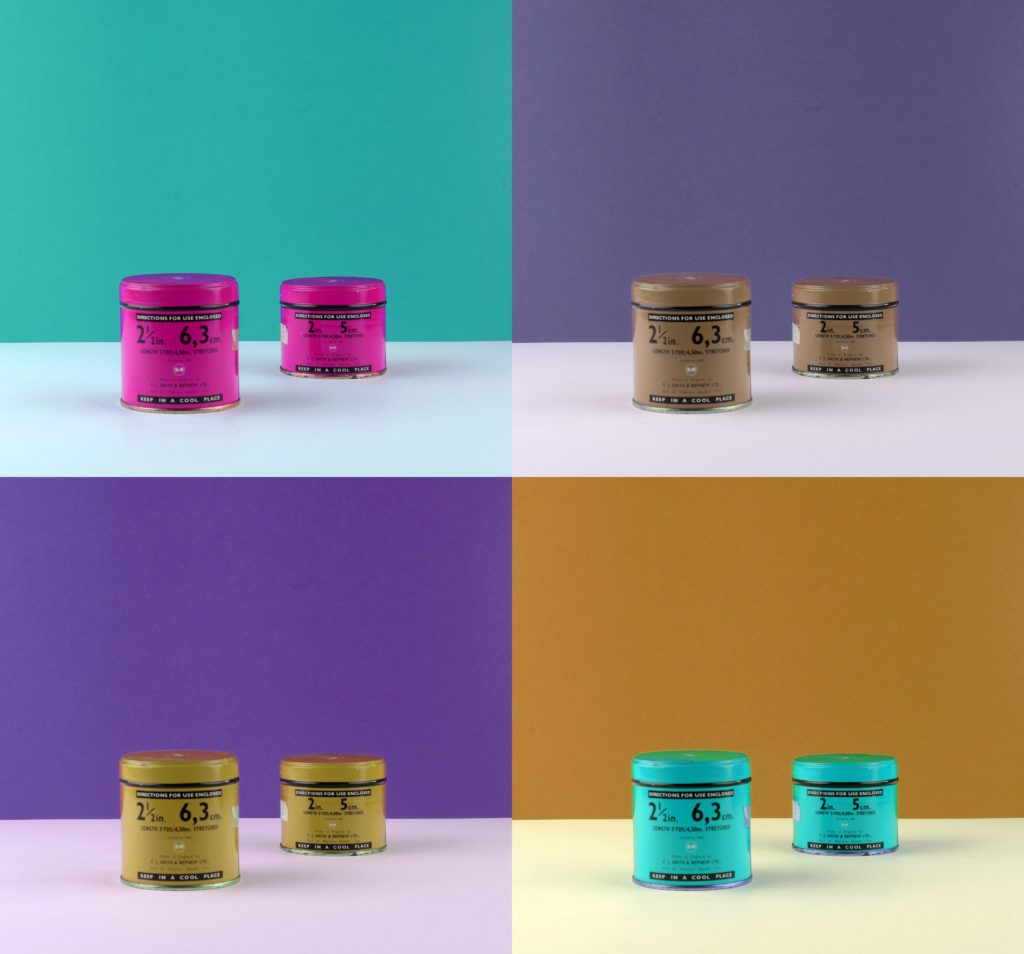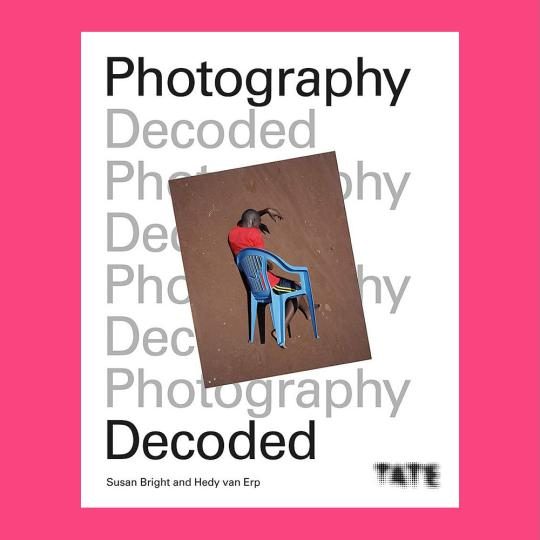Bruce Gilden:

An Iconic street photographer with a unique style, Bruce Gilden was born in Brooklyn, New York in 1946. He first went to Penn State University but he found his sociology courses too boring for his temperament and he quit college. Gilden briefly went with the idea of being an actor but in 1967, he decided to buy a camera and to become a photographer.
Although he did attend some evening classes at the School of Visual Arts in New York, Bruce Gilden is to be considered substantially a self-taught photographer. Right from childhood, he has always been fascinated by the life on the streets and the complicated and fascinating motion it involves, and this was the spark that inspired his first long-term personal projects, photographing in Coney Island and then during the Mardi Gras in New Orleans.
Over the years he has produced long and detailed photographic projects in New York, Haiti, France , Ireland, India, Russia, Japan and now in America. Since the seventies, his work has been exhibited in museum and art galleries all over the world and is part of many collections. The photographic style of Bruce Gilden is defined by the dynamic accent of his pictures, his special graphic qualities, and his original and direct manner of shooting the faces of passers-by with a flash. Gilden’s powerful images in black and white and now in color have brought the Magnum photographer worldwide fame.

Gilden has received many awards and grants for his work, including:
- National Endowments for the Arts fellowships (1980, 1984 and 1992),
- French “Villa Medicis Hors les Murs” grant (1995),
- Grants from the New York State Foundation for the Arts ( 1979, 1992 and 2000),
- A Japan Foundation Artist Fellowship (1999)
- A Guggenheim Foundation fellowship, in 2013.
Bruce Gilden has published 15 monographs of his work, among them:
- Facing New York, 1992; Bleus, 1994;
- Haiti, 1996 (European Publishers Award for Photography);
- After The Off, 1999;
- Go, 2000; Coney Island, 2002;
- A Beautiful Catastrophe, 2004;
- Foreclosures, 2013;
- A complete Examination of Middlesex, 2014.
- Face, and Hey Mister Throw Me Some Beads!, his new book, 2016.
https://www.magnumphotos.com/photographer/bruce-gilden/
Parts of an interview with Bruce Gilden:
“Do you think of the things you’re photographing as ‘dark’?“
“The world isn’t great, ok? Look what’s going on in the world. from the environment, we’re polluting the world, to terrorism, to everything. Then you have all the governments and the politicians who are all full of shit, they never tell the truth, they’re always promoting what the best deal is for themselves… I mean, come on! So, my pictures are showing that there are problems in this world. I think that the only way you can solve a problem is by confronting it. I’m an optimist.”
In some of your most iconic pictures, one can indeed get the feeling that you can see the soul of the persons you shoot. It seems that what you show is beyond the physical appearance of the subject. Is it the sole goal of your work or just one of its facets for you?
It’s not the sole goal, I don’t think about that really. I put my own soul into it. This is why I can tell you or tell somebody “With all I’ve done, you’re not going to be able to do the same as me. Maybe you’ll do worse, maybe you’ll do better, maybe you’ll do equal.” But the thing is I’ve had a very tough background, emotionally. My parents were pretty strange and I suffered. So I’m putting all of that into my pictures. If you look at the Face (Dewi Lewis – 2015) book, there was a quote by Oscar Wilde that I found two days before printing (interestingly enough, Oscar Wilde and I were born on the same day, October 16): “Every portrait that is painted with feelings is a portrait of the artist, not of the sitter”. So those people are me in some way, shape and form. And I put a lot in. I’m not doing it for anyone, it’s not about money, I just have to do it! Just think now, I’m 69 and yet I’m doing new work. How many photographers at 69 are doing new work? I’m not talking if you are using photography to create in a studio, I’m talking about going out there with people. You would be hard-pressed to find many people at 69 doing good work. That means I’m passionate about it and I compete with myself. Even if I had to stop shooting for three months because of a leg injury but now it’s healed. It’s tough to go out there now and sometimes I question myself. Because once I can’t do it, then I’ll stop. I wanted to do the Face project for 20 years, maybe 30 years, a long time ago. I had an idea to do it and then I found the right camera: the Leica S. But I don’t research, I’m not a researcher for equipment. So I found the right camera and that’s how this came about. For the last few years in New York, I was really bored and I needed to do something differently. I would go out but it was really an effort. I mean, it’s always an effort, but it was really an effort. You have to push yourself. The good photographs make it all worthwhile but who knows when you’re going to get a good photograph? I also should say that with the faces, it’s a lot easier to do good pictures than candid photography because when you combine a lot of stuff in the street, anything can go wrong. The stage set is set for you. In my pictures, people are walking. I’m a perfectionist so I couldn’t feel good about a picture unless it’s very good. Even with the faces, I’ve done those for about two and a half years and they got a lot stronger. I have some good ones from the beginning but as I went further, I saw how much more I could get out of it. It’s a learning process.
Selected quotes:
“The world isn’t great, ok? Look what’s going on in the world. from the environment, we’re polluting the world, to terrorism, to everything.”
“I’ve had a very tough background, emotionally. My parents were pretty strange and I suffered. So I’m putting all of that into my pictures.”
“Every portrait that is painted with feelings is a portrait of the artist, not of the sitter” – Face (Dewi Lewis – 2015) book


